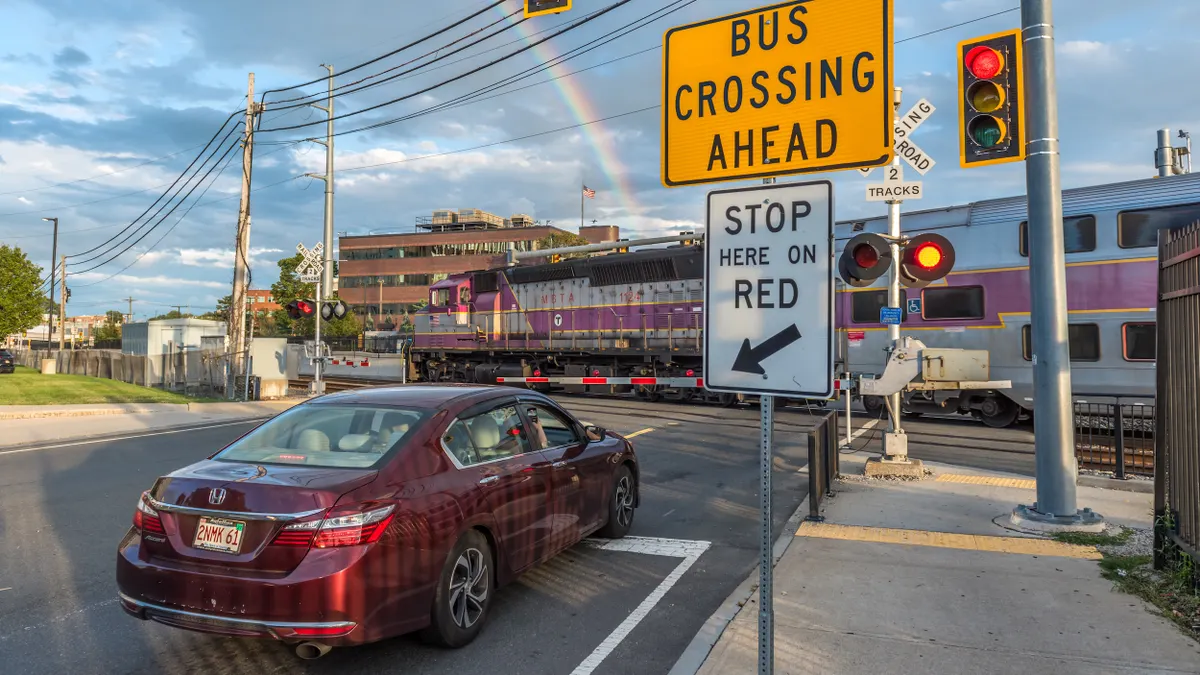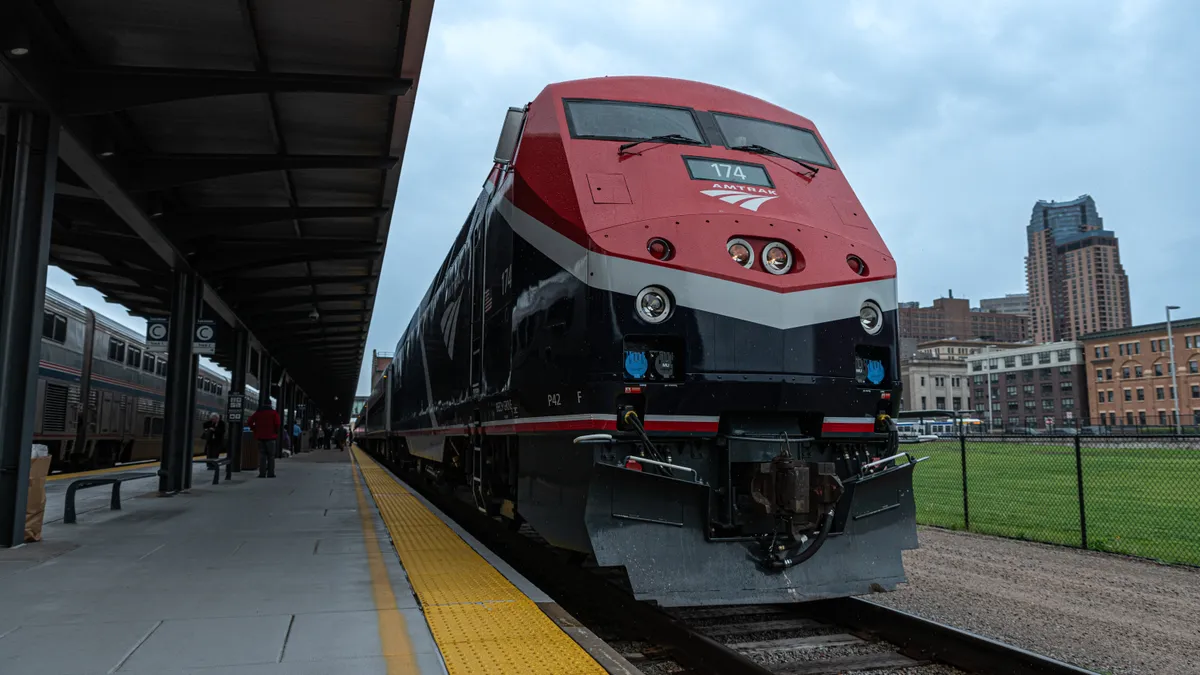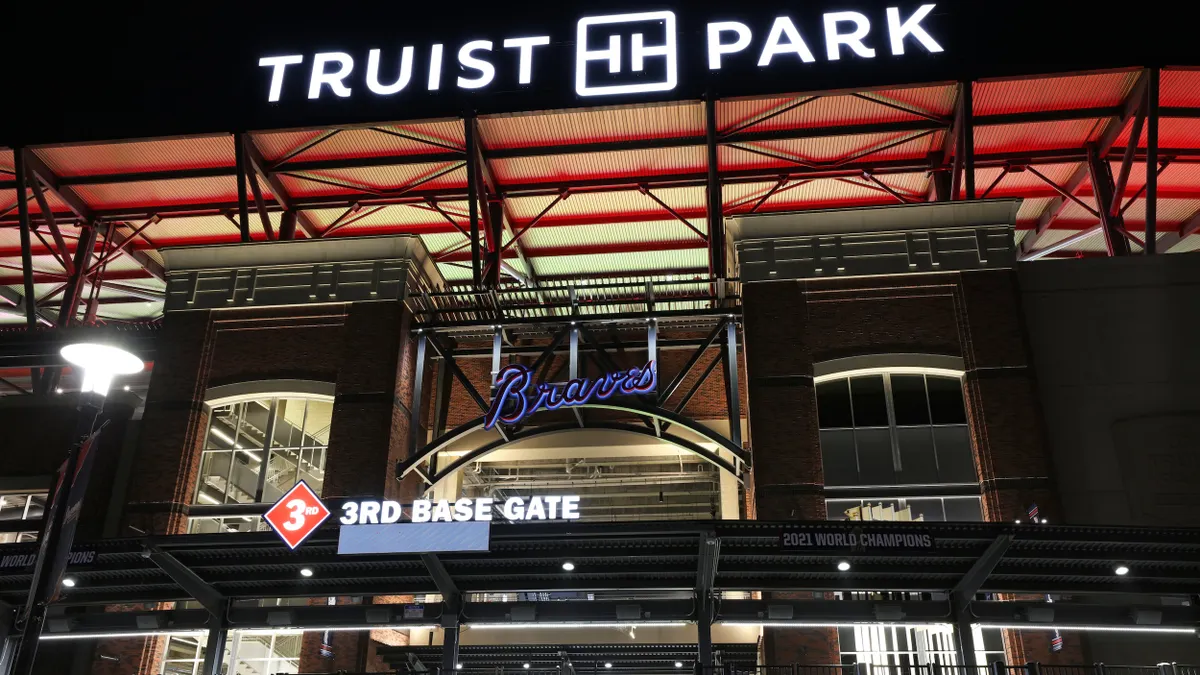San Francisco and Silicon Valley soak up a lot of media love for every new innovation in “smart” technology. But in terms of applying those strategies to the inner workings of city operations, few can outpace its less-glamorous neighbor to the south.
San Diego has a Climate Action Plan with the goal of 100% renewable energy use citywide by 2035. The city also recently announced plans for the largest city-based deployment of an IoT platform in the world. San Diego has more than 22,000 electric vehicles and 1,100 public charging stations in 400 locations. National Geographic Channel recently featured the city as the only U.S. community in its documentary series “World’s Smart Cities.”
The city helps get this done with help from a public-private collaboration that includes the City of San Diego, San Diego Gas & Electric, General Electric, the University of California, San Diego and Cleantech San Diego.
Cleantech San Diego is a member-based trade organization with 113 local businesses, universities, governments, and nonprofits members that bring new smart city ideas to San Diego or fills a role when the city has a new project. Cleantech has worked with the Port of San Diego on their Integrated Planning initiative that is often referred to as “the future of the port.” They’ve worked with Chula Vista, a city just south of San Diego, on rebuild their bayfront using smart city technology.
Smart Cities Dive talked to Cleantech’s CEO Jason Anderson about those topics and more, highlighting how smart cities have changed in the last decade.
SMART CITIES DIVE: Tell me about Cleantech San Diego.
JASON ANDERSON: We're a membership-based trade organization. We're celebrating our 10-year anniversary this year and we were founded as an economic development organization to really position San Diego as a global leader in the Cleantech economy. We advocate on behalf of our members. We support and promote public-private partnerships and really try to encourage investment into our region. Our organization was really founded under the premise that technology could benefit both the environment and the economy.
SCD: What makes San Diego such a great place for smart city innovation?
JA: UCSD is a huge driver of it. A lot of the research and development that's coming out is, that we see in our region, is really birthed out of UC San Diego. Our utility, SDG&E is deemed one of the smartest utilities in the country. We have a history of a large IT sector here in San Diego. Qualcomm is our largest Fortune 500 company here. We have a deep biotech industry. We're also home to the largest concentration of military personnel in the world.
A lot of those things touch Cleantech, touch renewable energy, and touch smart cities. A lot of this stuff has come together to really make San Diego a smart city and to really have the city of San Diego in particular focus on smart city solutions. If you talk to the city of San Diego they'll say they really started paying attention to all of this smart city stuff when they were really at a crisis, when they were broke and they were really figuring out how to provide city services from a much more streamlined perspective. Smart city's technologies, they see those as an opportunity to do that.
I think we've got a really strong research community here in San Diego, a really strong IT community here. I think there's a sense of early adopters here that has made a lot of these types of technologies and deployments more favorable or attracted to both the public sector and the private sector. I will say, from a Cleantech San Diego perspective, having an organization like ours that's really trying to bridge the gap between the public and private sector really elevate these conversations.
What are the unique aspects of being a member-based trade organization working with a city on innovation projects?
JA: Really what that means is we're a trusted partner. The city gets their doors knocked on every day by vendors that want to sell them something. We are able to create conversations that are less sales-y and more kind of collaborative where the city can come in and say this is the problem we're trying to solve. Then, we can go to our private sector members and say this is what the city's trying to solve. What solutions do you guys have that they can tap into?
That really help broker a relationship there. We help vet all the companies and all the noise that's out there and help screen them to some degree and use our membership model organization as a way to do that. The city, which was one of the founders of our organization back 10 years ago, we have a very strong relationship with them.
Can you give me an example of lining up one of your members with the city to get something done?
JA: I think the GE project is a great example. The GE is deploying 3200 nodes into the downtown area streetlights which are going to help the city do a number of things. GE brought us that actual project and concept and said this is something we think would be really valuable to the city of San Diego. We connected them with the city of San Diego, helped institute a pilot project where the city was able to figure out does this work and will it work for us? The conclusion of that was yes.
Then GE came in and actually signed a contract with them to do this actual project. The city was getting a lot of offers from a number of different companies that wanted to do sensored streetlights, just again, a lot of noise they were trying to filter through. GE is a member of ours and so we helped navigate that process for the city and for GE.
I know you're focused on San Diego, but you can even see the trends from the companies that you're working with in different IOT and ICT technology?
JA: I think one of the things we like to say about San Diego is we're small enough to get things done but big enough to make a difference. We're in California. That is helpful, but we're also a pretty conservative community because of our large presence of military personnel. Because we've been able to broker these relationships, the city's really sitting down trying to work with their partners to figure this out. If they can figure it out here, how can they take those lessons learned to other cities around the country that are looking to do the exact same thing?
That's what's really great about Metrolab and Envision America and some of these other national groups around smart cities is they're really working to bring cities together to talk about what their challenges are and how they've overcome those challenges and then how they can share best practices with other cities so that everyone's not having to reinvent the wheel. Let's take this lessons learned and put them in another city is appropriate.
Then do you think there is anything that San Diego, the government, has done to change its policies or bureaucratic system that has benefited these smart city projects?
JA: I would say they're working on it. The procurement issue is very big for the city of San Diego. David Graham, who's chief deputy operating officer for the city, is really focused on the procurement issues and is working on that. I think they're in the process. They do have an open data policy of this city and have an online open data platform where they're really trying to share the data that they have with developers to help them create smart state solutions that they can use.
The city of San Diego has streamlined solar permitting processes within the city so that they've streamlined those efforts so solar installations can get done quicker. I think because of that we're now the number one solar city and there'll be more rooftop solar installations than any other city in the country. I think the city knows they have a lot of work to do. They just haven't gotten there yet. It's definitely on their agenda.
You've been in this industry for 10 years. I'm curious what you would tell yourself back in 2007 about what's happening in the smart city realm today?
JA: I think it would be that a lot of this IOT stuff has really come back around to energy efficiency which is kind of where everything started, that whole notion of reduce before you produce. I think we started off as a region in a country in a state, really focused it on renewable energy generation. While we were definitely focused on energy efficiency it probably didn't have the course that it needed to have. To some degree we're coming back around to energy efficiency and using data and sensors or using technologies to do that. We're just utilizing existing technologies in a different way. I feel like to some degree it took us a while to come back to that.



















